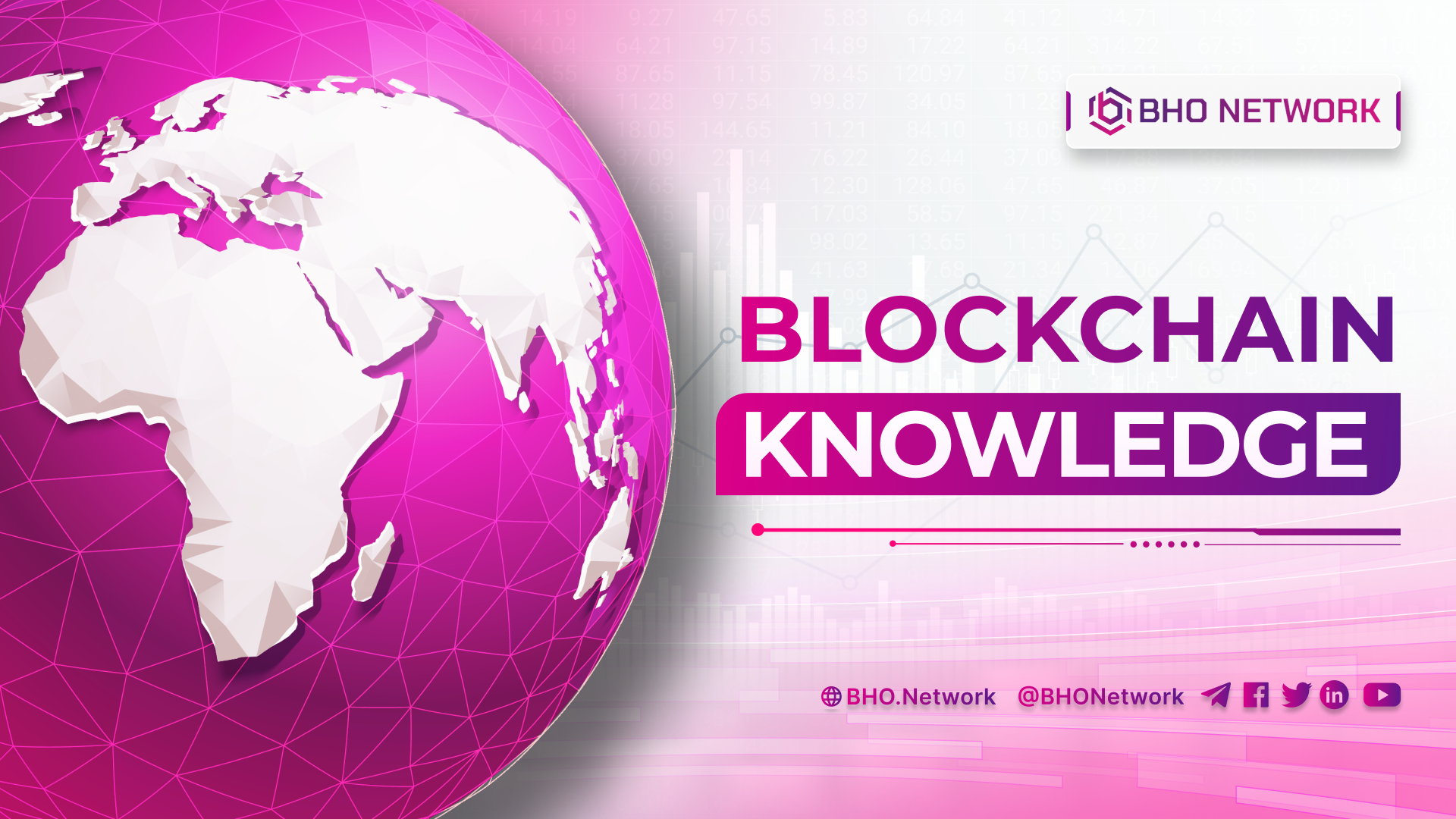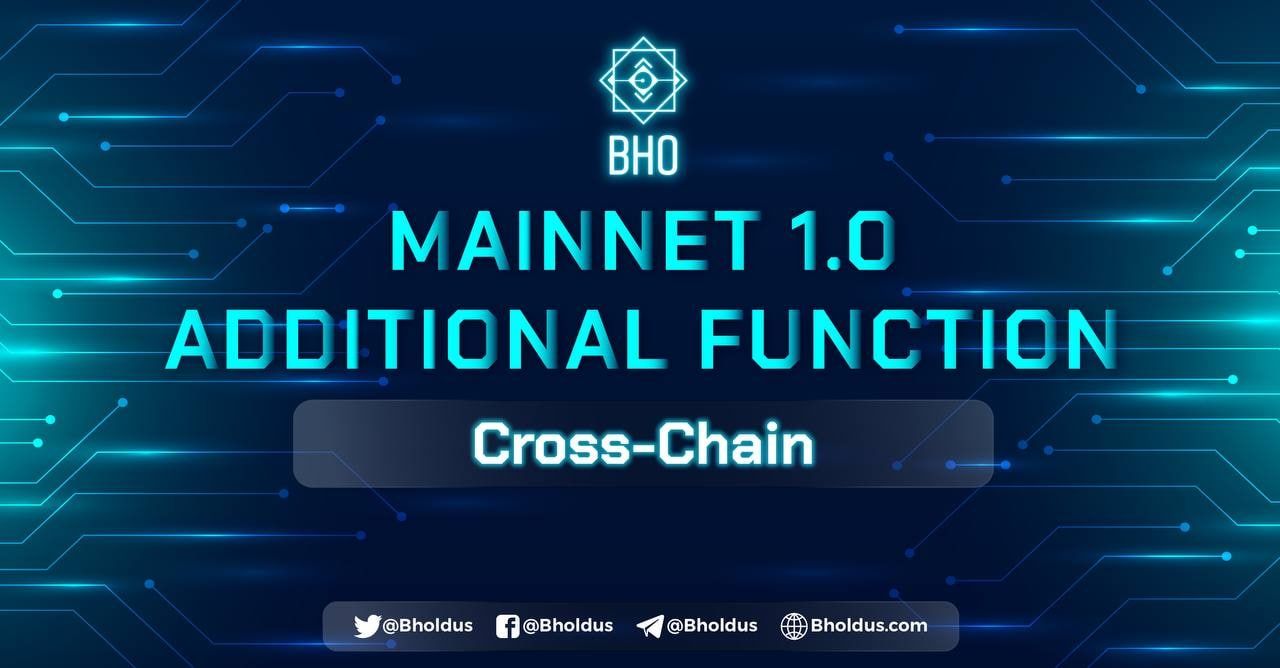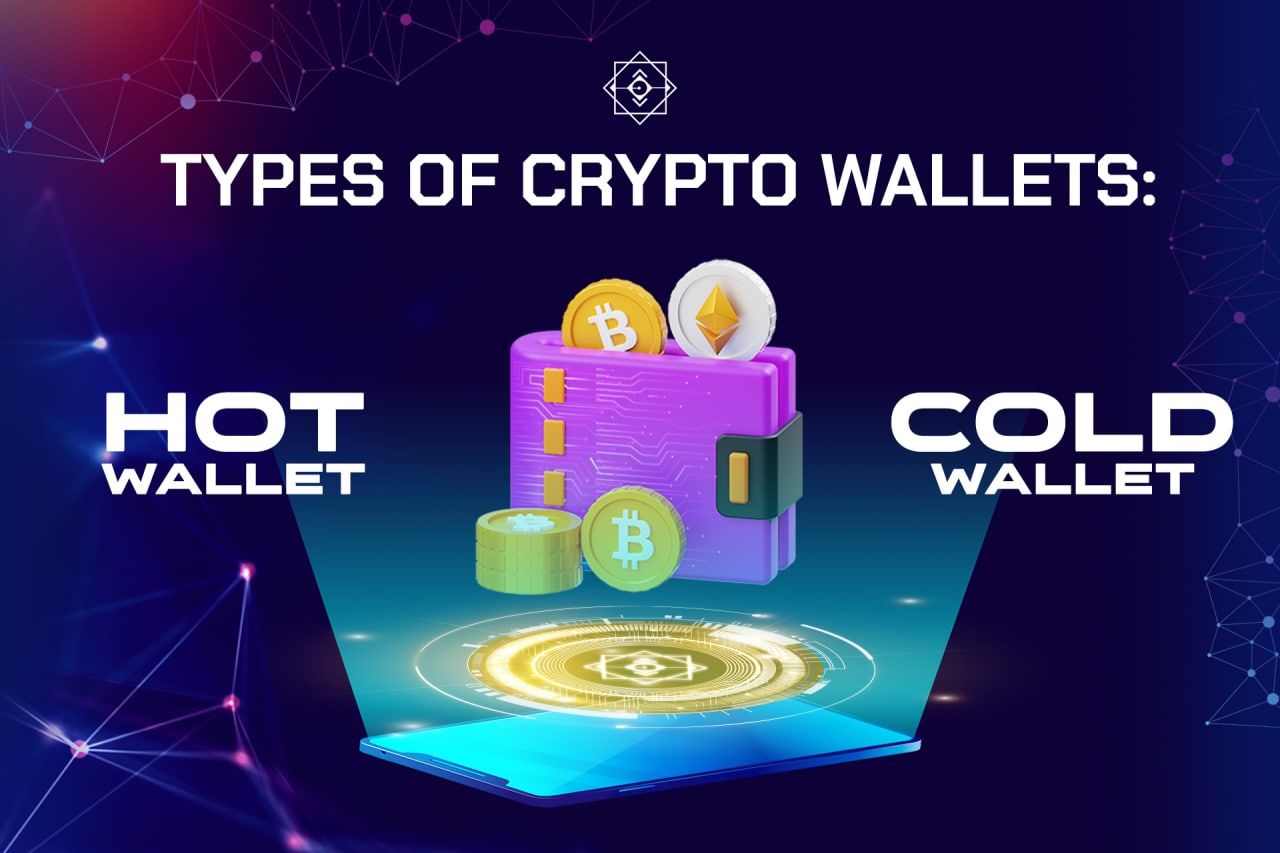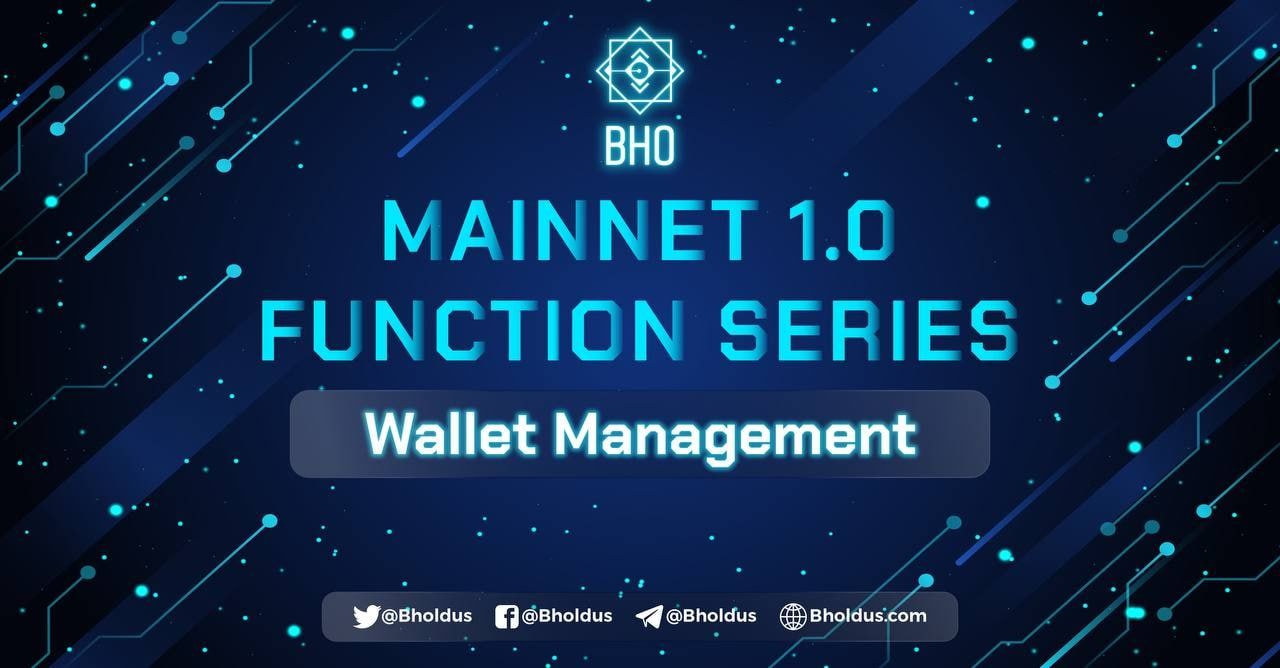- Blog
- Crypto News
- What is Multi-chain? Trend of Multi-chain and Cross-chain
What is Multi-chain? Trend of Multi-chain and Cross-chain
- 1. What is Multi-chain?
- 2. Distinguishing Multi-chain from Cross-chain
- 3. Why implement a Multi-chain project
- 4. Advantages and disadvantages of Multi-chain
- 5. Outstanding projects that have implemented Multi-chain
- 5.1 Tether (USDT)
- 5.2 Polkadot (DOT)
- 5.3 Cosmos (ATOM)
- 5.4 Multichain (MULTI)
- 5.5 SushiSwap (SUSHI)
- 5.6 BHO Network
- 6. Trend and development of Cross-chain and Multi-chain
- 7. Multi-chain trend soon
- 8. Investment Potential in Multi-chain
What is Multi-chain? The two terms Multi-chain and Cross-chain are very familiar for someone who learns about major cryptocurrency projects on the market. However, many people still confuse these two concepts. To better understand, this article of BHO Network will answer your question.
1. What is Multi-chain?
Multi-chain means "Multi-chain, cross-platform". Specifically, in the cryptocurrency market, if a project is deployed on Multi-chain, it must be deployed on at least two chains, be it Ethereum, Binance Smart Chain, Solana, Polkadot, Avalanche or other Blockchains .
For example: Token USDT (Tether), Stablecoin owns the most significant market capitalization. The early stage USDT operates primarily on Bitcoin's Omni Chain layer. Not stopping there, they continue to deploy on many other blockchains (Ethereum, Algorand, EOS, Binance Smart Chain, ..).
Similarly Multi-chain also has a change from the blockchain. However, instead of being made up of many blocks of data derived from one protocol, a Multi-chain consists of a multitude of Blockchains.
2. Distinguishing Multi-chain from Cross-chain
Before comparing these two terms, we will briefly recall the definition of Cross-chain.
Cross-chain is a solution that allows the transfer of assets from one chain to another to optimize the ability to aggregate between chains. Cross-chain projects allow users to connect and transfer purchases between different blockchain platforms.
The difference between Multi-chain and Cross-chain is shown in the following characteristics:
- Multi-chain refers to many different chains. When a project deploys Multi-chain, it means that outside of the original chain your output (it can be Ethereum, BSC ...) then that project can be deployed independently in another chain such as BSC or Polkadot.
- In addition to Multi-chain implementation, we also need a tool that can rotate assets between independent chains and Cross-chain is born to solve that problem. This tool allows you to transfer assets between the Ethereum chain and other chains on the market.
3. Why implement a Multi-chain project
In addition to learning about the definition, it is also important to note the importance of implementing a Multi-chain project.
In the context of the increasingly volatile Defi decentralized financial market. The appearance of the Multi-chain shows its importance even more. In the same AMM DEX segment you will also come across outstanding projects of each platform. For example, on Ethereum there is Uniswap, Polygon has Quickswap.
However, each project is still operating as a single, still not connected. They are still only serving people in the same ecosystem, but have not fully approached other Blockchains.
However, if the projects have been deployed on Multi-chain, the development chances are much more substantial. Specifically:
- Reaching users in large numbers on other Blockchain ecosystems.
- Improve asset transaction speed between other Blockchains.
- Make good use of the advantages of many Blockchain chains linked on Multichain.
- Facilitate Tokenization on different Blockchains.
- Content that works on a small Blockchain can access services on a more extensive Blockchain.
Read more: What is NFT Marketplace? How to create NFT Marketplace
4. Advantages and disadvantages of Multi-chain
There are advantages and disadvantages in any potential solution, and so does Multi-chain. To better understand BHO will go into detail one by one so that readers can visualize it more easily.
Advantages:
- Multi-chain technology helps to solve the problem of turning complex and fragmented individual Blockchains into a collection of chains that can work seamlessly and without interruption.
- Other ecosystem projects can quickly reach a very high number of new users.
- Solve the shortcomings of the leading chains such as congestion, low throughput... and take advantage of other chains such as low transaction fees, fast speed... to optimize for users.
- Increase the popularity of the project in many different ecosystems.
- When deployed on many blockchains, reducing the risk for the project will not be affected too much if there is a problem chain.
- Besides, users in different ecosystems can easily access and use products and services on their blockchains. They will no longer be tied to DApps on a single blockchain. Especially with small blockchains that have many undeveloped areas.
Cons:
- By nature, implementing Multi-chain is quite tricky. Projects will take a lot of time to research and adjust when they want to deploy on a new ecosystem because each ecosystem will have its characteristics (such as programming languages, toolkits...).
- Maintaining and ensuring the project's activities on other blockchains evenly and effectively attracts users is also an issue.
- One controversial issue surrounding Multi-chain is security. It can be said that the current solution still cannot meet the requirements of security, not safe enough, not fast enough,... compared to the needs of users. Even so, Cross-chain, Multi-chain are still selected.
5. Outstanding projects that have implemented Multi-chain
The above content has helped you understand what is Multi-chain, here BHO will introduce to readers 5 outstanding projects that have successfully combined with Multi -chain. Let's see what those projects are.
5.1 Tether (USDT)
Tether (USDT) is the most prominent Stablecoin with up to 80% market share of Crypto market. Such a significant market share is thanks to the very early implementation of Multi-chain, so it is trusted, accepted and used by investors.
Currently, USDT is available on more than 20 different ecosystems such as Ethereum, BNB Chain, Solana, Algorand, Fantom, Polygon…
Why did Tether deploy Multi-chain early?
- Tether benefits:
- In Stablecoin , the Tether project was born the earliest and greatly influenced the Crypto market. Therefore, in order not to be surpassed by competitors and dominate the market share, Tether took action first to seize the opportunity.
- When deployed on many networks, Tether will popularize USDT for users in many different networks such as Ethereum, Polkadot, Solana, ... thereby helping USDT become a widely accepted Token in the market. Crypto.
- For users: Compared to other networks, the fee is cheaper when depositing USDT from Binance.
5.2 Polkadot (DOT)
Platform Layer-0 enables connectivity and data transfer. Not only Tokens, but through different Blockchains to connect to form a Multi-chain, heterogeneous and scalable network.
Polkadot's structure includes:
- Relay Chain: Responsible for security, consensus and cross-chain interoperability. Parachains: Separate blockchains can have their Tokens and optimize their functionality for specific use cases.
- Parachains: Separate blockchains can have their Tokens and optimize their functionality for specific use cases.
- Parathreads: Similar to parachains but with a pay-as-you-go model. This makes it more economical for blockchains as there is no need for a constant connection to the network.
- Bridge: Allows all Parachains and Parathreads to connect and communicate with external networks like Ethereum and Bitcoin.
This structure makes Polkadot an actual Multi-chain application environment, the Blockchain of Blockchains.
5.3 Cosmos (ATOM)
Like Polkadot, Cosmos is a Layer-0 blockchain platform with a Tendermint consensus mechanism.
In the future, it is intended to build an “Internet of Blockchains” that can create a world where Layer 1 platforms are interconnected through bridges. Currently, popular platforms on Cosmos IBC include Terra, BNB Chain, Osmosis, Crypto.org, THORChain…
5.4 Multichain (MULTI)
Formerly Multichain is AnySwap is a Multi-chain project that supports multiple ecosystems, allowing users to transfer assets between blockchains and mine for liquidity.
Currently Multichain supports more than 1,600 different assets with a daily transaction value of hundreds of millions of dollars and a total of more than 540,000 users.
5.5 SushiSwap (SUSHI)
The first decentralized cryptocurrency trading platform built on Ethereum is SushiSwap. Purpose born to compete with Uniswap.
SushiSwap is also one of the most prominent Multi-chain projects in the AMM DEX array today when it supports up to 14 different chains such as Ethereum, Polygon, Moonbeam, Avalanche…
Currently, the AMM Dex array on Ethereum is saturated with competition. The big picture comes from Uniswap and 0x protocol. Therefore, to expand the potential and attract new users to its platform, SushiSwap was forced to deploy in other chains - where there are few outstanding AMM Dex projects.
5.6 BHO Network
The network is interoperable, cross-linking with various digital asset economies with direct integration with other Defi like Binance, Ethereum, and Polkadot.
In addition, BHO Network also acts as a hybrid model for traditional financial acceleration, allowing players in the network to record their real-world assets on-chain with NFT.
BHO Network uses the Substrate Framework to build their blockchain and is also our bridge, so any Substrate-based cross-chain integration with BHO Network must be seamless.
However, this does not mean that BHO Network is only limited to bridging with Substrate based networks, any integration with other blockchain technologies like Bitcoin, Ethereum, Binance Smart Chain should work similarly.
BHO Network is a member of the Polkaproject and is cooperating with Kambria. After successful first round of funding (raising $2,400,000) and selling out all IMO Round 1, next games (IMO) will be open to investors soon, everyone is encouraged to DYOR before investing.
6. Trend and development of Cross-chain and Multi-chain
Cross-chain tool has a significant contribution to the development of Multi-chain, because Cross-chain will help us to move assets between different countries. chain together. I will summarize the story of Cross-chain and Multi-chain through the following 3 stages:
Stage 1: The appearance of Cross-chain tools in the new ecosystem
In this phase to attract assets from the system other ecosystems, ecosystems are choosing Cross-chain to deploy. Because Cross-chain makes it easier to transfer assets from one chain to another out a few ecosystems that use Cross-chain such as: Binance, Smart Chain and Polkadot.
Phase 2: Appearing projects specializing in the field of Cross-chain & Multi-chain
In Phase 2, you will see many projects specializing in the field of Cross-chain bridge for you to use.
AnySwap, Multi-chain xyz are two significant projects in cross-chain bridges, they support up to 10 chains, mostly chains built on Ethereum EVM. These projects can help you transfer assets between Ethereum, BSC, Fantom and many other chains... without having to do it on different bridges.
This will be the decisive phase before the project deploys on other chains. You should pay attention to whether the project's original Token is used a lot on the new chain.
If you see Tokens being used a lot in Yield Farming, Pool or AMM then it is more likely that the project will be deployed on those chains as they already have many users who already use cross-chain bridges to save money. Token information.
Phase 3: Multi-chain integration becomes indispensable for DeFi projects
In phase 3, the current market of Cross-chain tools has more potential. When a project has done Multi-chain in the market, they want to reach new users and bring their product to market.
The lesson can be drawn that if successfully deployed on other chains, the project will be more applicable, attract more users, bring more cash flow to the project.
Read more: What is Etherscan? All the details about Etherscan.io
7. Multi-chain trend soon
With the current development of Multi-chain, the fact that investors pour money into the project is a confirmation. extremely high capacity.
According to data from The Block Research, 33% of successful fundraising projects in recent years are Multi-chain oriented. Most of these projects are EVM compatible, supporting Ethereum, Ethereum Layer-2 and other compatible Layer-1 platforms like BSC, Avalanche or Fantom.
Many well-known DeFi projects are also gradually developing and expanding to other ecosystems such as:
- Uniswap: Recently, Uniswap with Uniswap V3 deployed on Polygon, marking the development of Ethereum Layer-2 platforms.
- Aave: Deployed on Ethereum, Aave has started development on Polygon and plans to expand to Solana. In addition, this expansion plan also includes deployment via compatible EVM solutions of Neon Labs, Avalanche and Optimistic Rollup solutions such as Arbitrum, Optimism.
- ApeSwap: ApeSwap was initially built on the BSC platform, then continued to expand to the Polygon ecosystem in July 2021.
- 1inch: Similar to Aave, 1inch was initially deployed on Ethereum, then further expanded to BSC and Polygon in 2021.
Hence, following current market trends, more and more projects potential will start doing Multi-chain by developing and disseminating their products on new platforms. If successful, the project will have higher applicability, attract new users, and generate new cash flows.
8. Investment Potential in Multi-chain
To have many investment opportunities in Multi-chain, please note the key factors AMM DEX, Lending & Borrowing have not implemented Multi-chain yet. These can be good investment opportunities because with the current development of Multi-chain, it is likely that these projects will also implement Multi-chain in the future.
Besides, please regularly monitor the communication channels and social networks of developing blockchains such as Binance Smart Chain, Solana or Polkadot.
List and track DeFi projects in various ecosystems, and users will find that some emerging ecosystems lack investment in areas like Lending or AMM DEX. Mature projects in the original ecosystem tend to deploy and attract users on other chains.
Related posts:
- What is Metaverse? All the information you need to know about the Metaverse
- What is IGO? Overview of the IGO project
Hopefully, the above article of BHO Network has helped users better understand What is Multi-chain. If you are interested in information about future multi-chain unlinked exchanges or anything related, please follow and read upcoming articles on the website.
Published on September 02, 2021
Tagged topics







